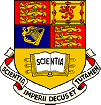
 |
|
News Page |

August 1999 |
This month's news stories:Professor Peter CargillSPAT Students in Apollo Simulation High Altitude Pressure Trends |
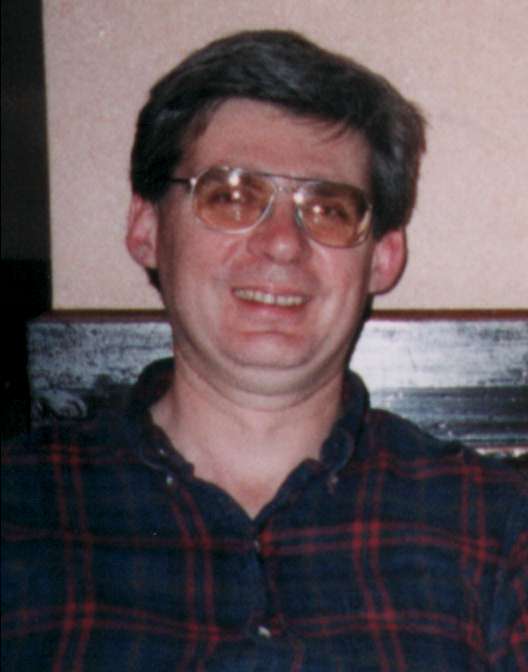 Professor Peter Cargill
Professor Peter CargillWe are pleased to announce the promotion of Dr. Peter Cargill, Reader in Space Physics from 1996, to be Professor of Physics in our group. His personal web page gives a summary of his extensive research interests as well as teaching and other responsibilities, both in Imperial College and elsewhere. His promotion is a well-deserved recognition of his very high scientific standing both here and worldwide.
Peter Cargill joined the Space and Atmospheric Physics group in 1996 from a position as Staff Scientist in the US Naval Research Laboratory in Washington, D.C. Although he had completed his education in Scotland (St. Andrews), he left the UK for the greater research opportunities offered in the United States. There he worked at the University of Maryland and at NRL, mainly on modelling space plasma phenomena in very diverse environments: the solar atmosphere, near comets and in the Earth's magnetosphere.
We were lucky to attract his attention when, following Prof. Stan Cowley's departure to Leicester in 1995, a senior academic position became vacant in the group. When Peter arrived, in September 1996, the space side of the group had just been very badly hit by the destruction of the Cluster mission on which we had placed so many expectations.
Since then, the group has moved from strength to strength. Peter has very quickly established himself as a leading member of the group and has found academic life a rewarding challenge. His promotion consolidates our expectations for the future when we look forward to starting the next millenium with the launch of the Cluster-II mission and a leading participation in several frontline solar missions. Peter's strengths as a research leader will ensure that we retain and consolidate our world-class position in space physics research.
Congratulations from all your colleagues, Peter !
André Balogh 3rd August 1999
SPAT Students Simulate Apollo 11 Journey to the MoonBetween 18th - 20th July three PhD students from SPAT spent a total of 48 hours sealed inside a car in the Science Museum in order to simulate the experience of travelling to the moon in the confines of the Apollo 11 command module. The event was part of the Science Museum programme marking the 30th anniversary of the first manned moon landing. Rob Wilson, Claire Smith and Matthew Taylor (from left to right) are shown in the picture on the right along with the car in which they were confined. The car had a similar interior space to the Apollo capsule and had its windows blacked out to recreate the enclosed environment. It was also sealed inside a plastic bubble. The exhibit was set up in the entrance hall of the museum and received lots of attention from members of the public as they came and went. The team were able to communicate with the outside world using a radio and a portable computer so that visitors could question them on their experience, although these proved unreliable said Claire, and shouting through the plastic bubble was often easier! Their first visitor, a 6 year old called Theo, came back to see them a number of times during the first day. According to Rob, the question they were most commonly asked was "Where do you go to the toilet...?", followed by "What do you eat...?". The answer to the second of these questions was a combination of 'space food' from the Science Museum shop, pot noodles, and baby food. The team were set tasks involving team work and mental tests to monitor any psychological changes over the confinement period, and their physical condition was also monitored. For example, their scores on a Tetris game were used as a measure of reaction times. On the psychological effects, Matthew said "I got used to it after the first 12 hours - I would like to have done it for 8 days to experience the full length of the mission!" Claire reported that the team got on with each other very well during their confinement with no personality conflicts developing. They were allowed only a 20 minute hygiene break each day. The second picture on the right shows a view of conditions inside the car. The event attracted a good deal of media attention including television and radio spots on London Tonight, BBC Business Breakfast, GMTV, Sky News, Radio 1, Heart Radio, among others. Bob Forsyth 3rd August 1999 |
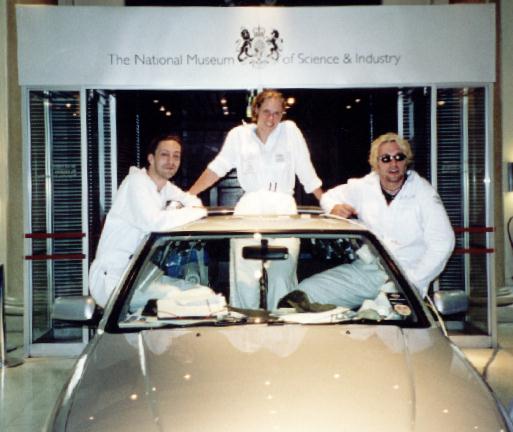 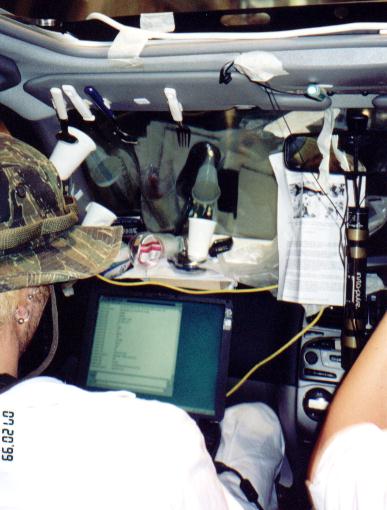 |
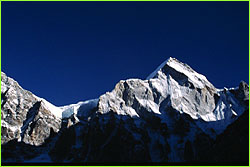
A paper by Ralf Toumi, Nigel Hartell, and Ken Bignell, all from Imperial College, was selected as a highlight in the recent June 15th issue of Geophysical Research Letters. The paper used pressure data from a number of mountain sites to deduce trends in high altitude temperatures. These temperature trends were found to be consistent with reports of regional warming from surface temperature records, thus providing a confirmation of this warming by a completely independent method. The pressure measured at mountain stations has the adavantage of low variability and can be accurately measured. Two regions, one in Central Europe and one in Argentina, showed evidence of accelerated warming since the 1950s.
Nigel Hartell, an undergraduate physics student, made his contribution to the paper through working in SPAT as a summer student on the UROP scheme, and through a third year undergraduate lab project.
The paper Mountain Station Pressure as an Indicator of Climate Change can be read on GRL Online.
Bob Forsyth 3rd August 1999
View last month's news, older news or return to Space and Atmospheric Physics home page